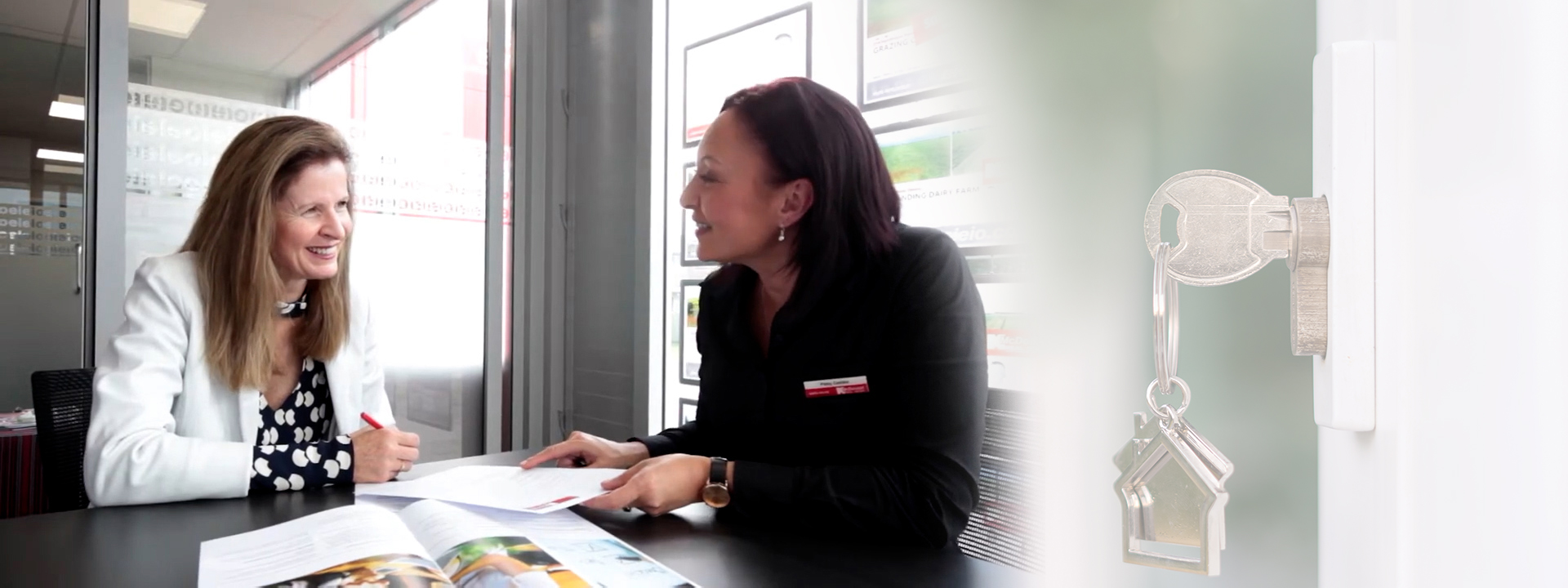Heating requirements for a rental property
Providing a tenant with a warm and dry home will not only keep them healthy, but it is now a legal requirement. Clearer heating specifications were outlined when the government introduced the Healthy Homes Standards, which became law on the 1st of July 2019, although there is phased implementation. These standards were put in place to help set minimum living conditions across all rental properties New Zealand wide and, in many cases, need to be in place or planned for now.
To keep a home healthy, safe and warm, the World Health Organization (WHO) recommends a minimum indoor temperature of 18˚C, or 21°C for houses with young children, elderly, or ill people. However, the average daily indoor temperature in the winter for most New Zealand homes is just 16˚C.
The reason New Zealand homes are so cold is that they’re difficult to heat. This article outlines that poor insulation and inefficient heaters both contribute to this lower temperature and so the new Healthy Homes requirements set out to correct these failings.
Having a property that meets the heating requirements will help to prevent many of the common side effects of insufficient heating and insulation. Mould or mildew build-up from excessive moisture created by common household activities can be reduced, as can the physiological stresses the cold can induce. Adequate heating and insulation also better protects a landlord’s investment. Tenants can also be more likely to rent a property long-term and this reduces the long-term costs from marketing a property and processing new tenants.
What are the Healthy Homes heating standards?
As stated via the Tenancy Services website - ‘landlords must provide one or more fixed heaters that can directly heat the main living room. The heater(s) must be acceptable types, and must meet the minimum heating capacity required for your main living room.’
The rules are pretty simple - your rental property must provide a fixed heater in the main living area of your property that meets the kW capacity required as per the standard or be able to heat the property to at least 18°C all year round.
This raises a common question, which is more important? Installing a heater with the required capacity or heating the room to 18°C. If the room can achieve 18°C with a smaller heater, is that OK? Read on to find out more.
What counts as a living room under the Healthy Homes heating standards?
A 'living room' is the whole space a living-room heater must be able to heat. It includes any connected areas that cannot be closed off. This is usually defined as the largest room used for everyday living and can consist of a lounge, dining room, sitting rooms, sunrooms and family rooms. It can also include multi-use spaces, such as open-plan kitchens/lounges and hallways.
Achieving an 18°C room temperature
As we mentioned above, your property must have at least one fixed heater that can directly heat the living area to at least an 18°C. Acceptable types of heaters that can achieve this include:
- Heat pump
- Wood burner
- Flued gas heater
The heat pump and the gas heater must have a thermostat.
In some cases, where the footprint of a home is a lot smaller (such as an apartment or a sleepout) a smaller fixed electric heater might be sufficient. The minimum size of the small fixed heater that will be acceptable is 1.5 kilowatts. This means that while a room’s heating requirements can be ‘topped up’ by things like a panel heater they cannot be the sole form of heating for a living area unless you meet the criteria for small rooms.
To determine the heating capacity required for the main living room, landlords can use the Tenancy Services online Heating Assessment Tool or the formula outlined in the regulations. This gives you an idea of the heating output a heater would need to achieve to heat the volume of air required. If a single heating device cannot enable a room to reach 18°C then additional heaters may be required.
Deadlines for complying with the Healthy Homes Standards
‘All private rentals must comply with the healthy homes standards within 90 days of any new or renewed tenancy after 1 July 2021, with all private rentals complying by 1 July 2024. All boarding houses must comply by 1 July 2021’. - As stated via the Tenancy Services website.
For more information regarding the Healthy Homes Standards, download a copy of The Ultimate Guide to Healthy Homes. 
What does a landlord need to provide?
Landlords must provide a fixed form of heating in the living room of their property under the Housing Improvement Regulations 1947. Be aware the heating standard does not require bedrooms to have heating devices as bedrooms can be heated by portable heaters.
To make sure that you comply with the Healthy Homes heating requirements, and if you haven’t already, we suggest having a Healthy Home assessor visit your property to complete a Healthy Home report and certification. Landlords that do not meet their obligations under the healthy homes standards are in breach of the Residential Tenancies Act 1986 and may be liable for exemplary damages of up to $7,200.
If you’re located in Taranaki and concerned about the type of heating in your investment property or are unsure if you meet the Healthy Homes requirements, don’t hesitate to contact our team of trusted property managers and we can help you check.






